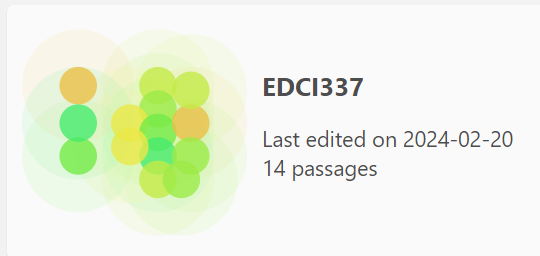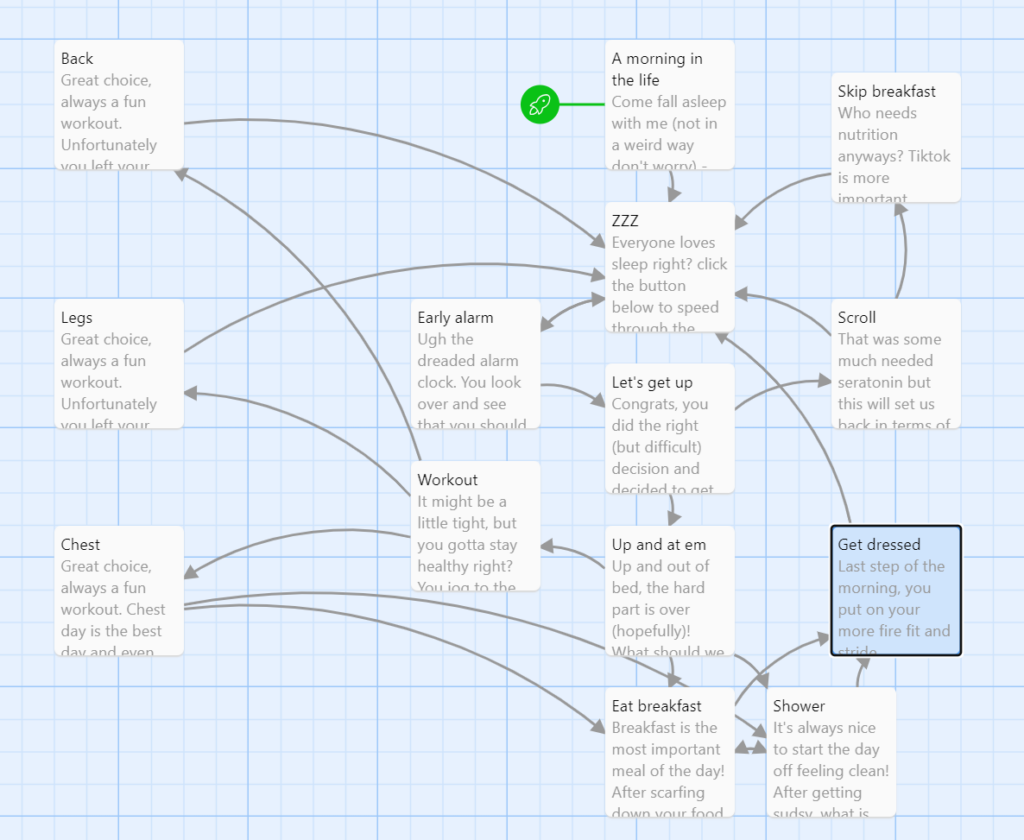One of the most impactful learning experiences I encountered began with a simple yet impactful story. It was back in high school during woodshop class, where our teacher began his lesson about safety practices regarding the various pieces of equipment around the shop. However, it wasn’t because of the technical details that it left a lasting impression; it was the story he shared. In order to illustrate his point, he recounted the day he had an unfortunate encounter with a bandsaw, resulting in the loss of one of his fingers. As he spoke, he lifted his hand, revealing the stub where his finger once was. Instantly, the room fell silent as the visual impact of his story sunk in. This narrative appealed strongly to the visual sense, as the image of his injury was vividly etched into our minds. Reflecting on this experience, I recognized several storytelling techniques at play, some of which were highlighted in recent readings for this course.
Firstly, our teacher effectively engaged us by sharing his personal story, making the lesson more relatable and memorable. Secondly, he adhered to the principle of “show don’t tell,” allowing the physical evidence of his injury to convey the severity of the situation better than any verbal description could. Finally, he concluded his narrative with a positive takeaway, emphasizing how his experience had motivated him to prioritize safety and help others avoid similar accidents. This combination of storytelling techniques not only made the lesson more engaging but also instilled a deeper understanding of the importance of safety protocols in woodworking.
The storytelling techniques he used were also employed by the TED Talk by Zak Ebrahim, “I am the son of a terrorist. Here’s how I found peace”. I found his presentation particularly compelling. Ebrahim’s talk exemplified several storytelling techniques, including the use of personal narrative to captivate the audience and the incorporation of suspense to maintain interest throughout his story.
While I have instinctively employed techniques such as sharing personal stories, employing “show don’t tell,” and creating suspense in my own storytelling, I can always refine my skills further. One technique I aim to focus on moving forward is building up to a S.T.A.R. moment, as it can add significant impact and resonance to narratives.
My Exploration of Twine Story Creation
Exploring branched narratives like Twine offers learners a unique learning experience characterized by interactivity and choice. By allowing individuals to navigate through different paths and outcomes based on their decisions, branched narratives allows for critical thinking, problem-solving, and exploration in a dynamic and engaging manner. One added benefit of Twine is that it is very accessible for those who may not have any coding experience but still want to build a story of their own! Branched narratives are not limited to educational platforms like Twine; they are prevalent in many forms of media and entertainment, including video games, interactive fiction, and immersive experiences.

Above is an image showing a “heat map”, if you will, of the short story I built in Twine. I created a short choose-you-own-adventure type game revolved around a morning in my life. Only a few paths result in reaching the bus stop in time but there are several ways to do so.

As you can see, I attempted to create the story to have several loops and shortcuts, with the majority of options leading back to falling asleep again! I thoroughly enjoyed this part of the course, but it was very time consuming with a steep learning curve to employ advanced features. If I had unlimited time to explore all of the options and tools provided by Twine, it would be exciting to see what I could create.
Hi Cole,
Thanks for sharing! …Yikes, he lost a finger??!! What an impactful way to say “hey, don’t mess around with the equipment”. I feel like I took away a residual learning from hearing that story second hand. Also, I loved your storyboard – I actually used it to inspire my own storyboard, so thank you!
Syd